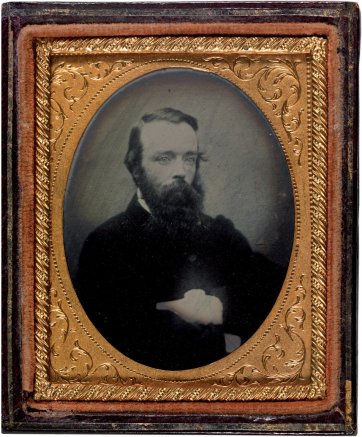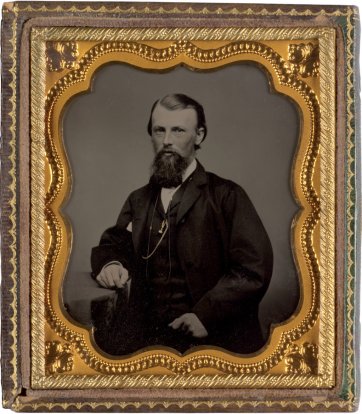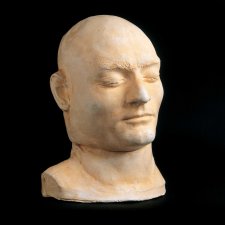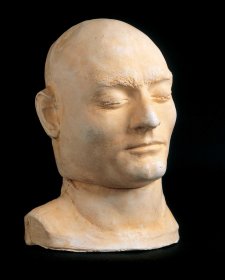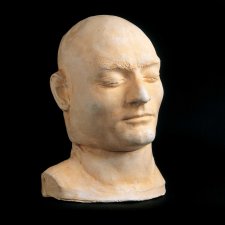The Victorian era has been described as one wherein death was an everyday experience. People died at home having been nursed in their final illnesses by family members. The deceased were prepared for burial by the servants or women of the household, and then lay in state in parlours or bedchambers so that others could pay their respects.
Following the example set by their widowed monarch, people throughout the British empire – and especially women – observed the rules regarding mourning wear. Portraiture had a part to play in these rituals. In the case of the passing of a notable public figure, portraits served an official, memorial purpose, inextricably linked to the idea that one might be inspired or 'improved' by looking at the likenesses of dead heroes. In the private sphere portraits of the deceased were copied or created for use as personal, cherishable mementoes.
With the idea of the 'Good Christian Death' holding sway, it was common also to commission posthumous portraits – death masks, drawings or photographs depicting the dead in restful and angelic poses – providing comfort that a loved one was at peace.
